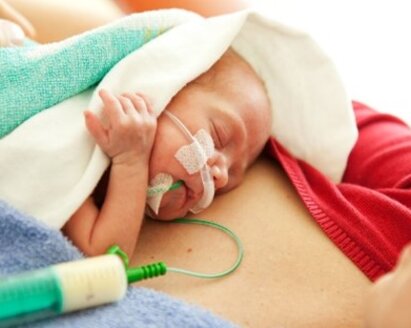Stai visualizzando il sito:
Medela - Switzerland - Italian
È possibile selezionare un sito web alternativo di Medela in uno di questi Paesi:
Selezionare
Selezionare
Global
Australia
Austria
Belgium
Brazil
Canada
China
Denmark
France
Germany
India
Italy
Japan
Luxembourg
Netherlands
New Zealand
Norway
Poland
Portugal
Spain
Switzerland
Sweden
UK
United States of America
È possibile selezionare un sito web alternativo di Medela in uno di questi Paesi:
È possibile selezionare un sito web alternativo di Medela in uno di questi Paesi:
Prodotti
Tiralatte
Accessori extra tiralatte
Intimo per gravidanza e allattamento
Bottiglie e sacche per il latte
Pulizia
Cura del seno
Esigenze di alimentazione speciali
NICU
Tiralatte
Tiralatte elettrici Hands-Free
Tiralatte elettrici tradizionali
Tiralatte manuale
Symphony® e set ospedalieri
Bottiglie e sacche per il latte
Prodotti solo per l'ospedale
Bottiglie per latte materno
Sacche per la conservazione del latte materno Easy Pour
Borsa termica
Cura del seno
Olio per massaggi al seno Organic & Vegan
Balsamo per capezzoli Organic & Vegan
Purelan™ - Crema alla lanolina
Cuscinetti idrogel
Proteggi capezzolo
Coppette raccoglilatte
Paracapezzoli Contact™
Modellatori del capezzolo
Coppette assorbilatte lavabili Safe & Dry™
Coppette assorbilatte ultratraspiranti
Tiralatte elettrici Hands-Free
Tiralatte elettrico doppio indossabile Freestyle™ Hands-free
Tiralatte elettrico singolo Solo™ Hands-free
Tiralatte elettrico Swing Maxi™ Hands-free
Tiralatte elettrici tradizionali
Solo – Tiralatte elettrico singolo
Swing Maxi – Tiralatte elettrico doppio
Tiralatte manuale
Tiralatte manuale Harmony con tecnologia Flex
Raccoglitore latte materno in silicone
Harmony Essentials Set - Set per tiralatte manuale
Symphony® e set ospedalieri
Symphony – tiralatte ospedaliero disponibile per il noleggio; ideale per attivare, sviluppare e mantenere una buona produzione di latte
Set per tiralatte: pratici e igienici da usare
Set per tiralatte riutilizzabile a noleggio PersonalFit™ PLUS per Symphony®
Coppe per il seno PersonalFit™ PLUS
Intimo per estrazione
Bustino Hands-free™ per estrazione a mani libere
Reggiseno 3 in 1 per estrazione e allattamento
-
Prodotti
- Prodotti
-
Tiralatte
- Tiralatte
- Tiralatte elettrici Hands-Free
- Tiralatte elettrici tradizionali
- Tiralatte manuale
-
Symphony® e set ospedalieri
- Symphony® e set ospedalieri
- Symphony – tiralatte ospedaliero disponibile per il noleggio; ideale per attivare, sviluppare e mantenere una buona produzione di latte
- Set per tiralatte: pratici e igienici da usare
- Set per tiralatte riutilizzabile a noleggio PersonalFit™ PLUS per Symphony®
- Coppe per il seno PersonalFit™ PLUS
- Accessori extra tiralatte
- Intimo per gravidanza e allattamento
- Bottiglie e sacche per il latte
- Pulizia
-
Cura del seno
- Cura del seno
- Olio per massaggi al seno Organic & Vegan
- Balsamo per capezzoli Organic & Vegan
- Purelan™ - Crema alla lanolina
- Cuscinetti idrogel
- Proteggi capezzolo
- Coppette raccoglilatte
- Paracapezzoli Contact™
- Modellatori del capezzolo
- Coppette assorbilatte lavabili Safe & Dry™
- Coppette assorbilatte ultratraspiranti
- Esigenze di alimentazione speciali
- NICU
- Articoli
- Medela Family
- Servizi
- Hub Professionisti allattamento
- Dove trovare i nostri prodotti





